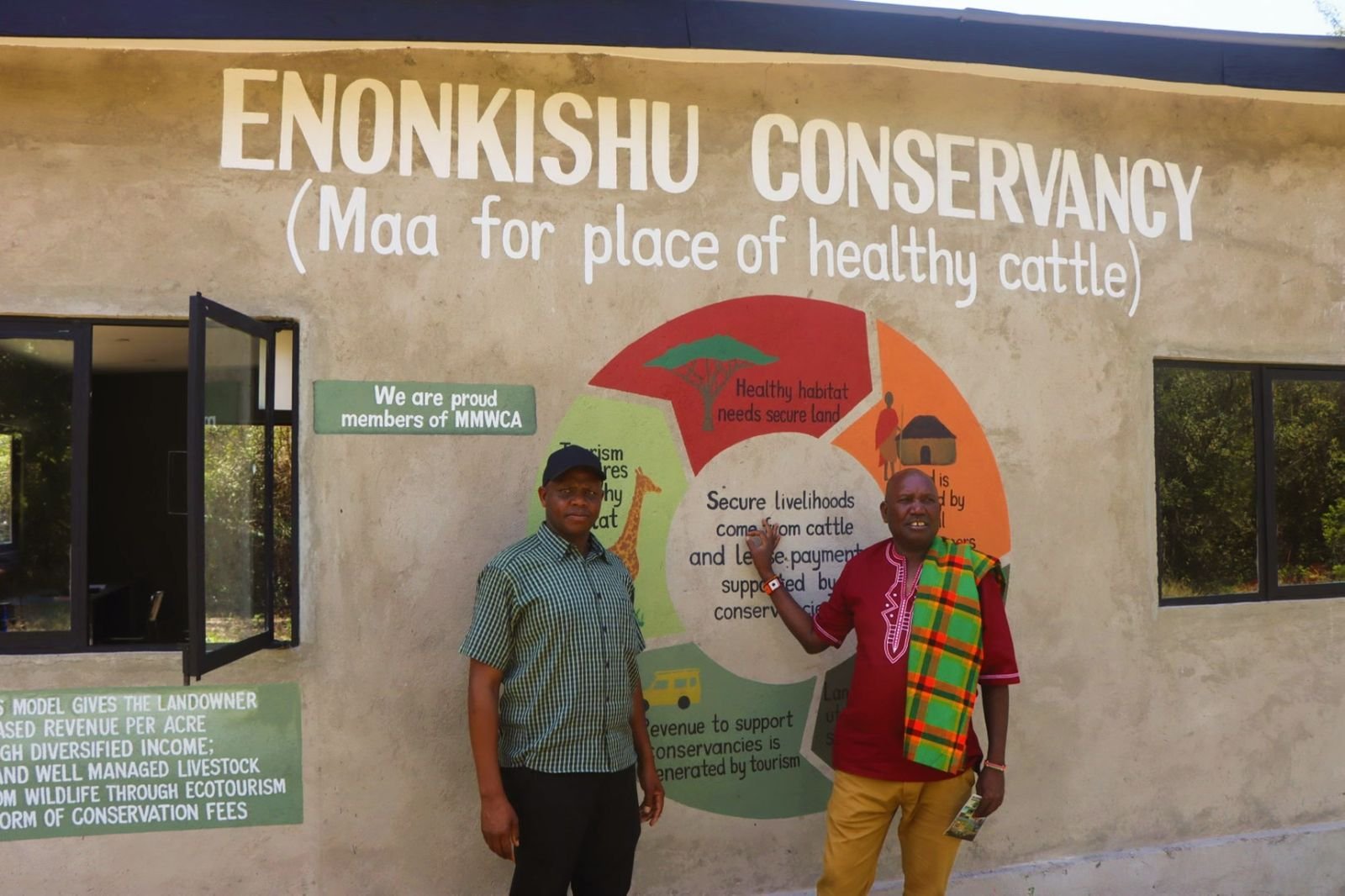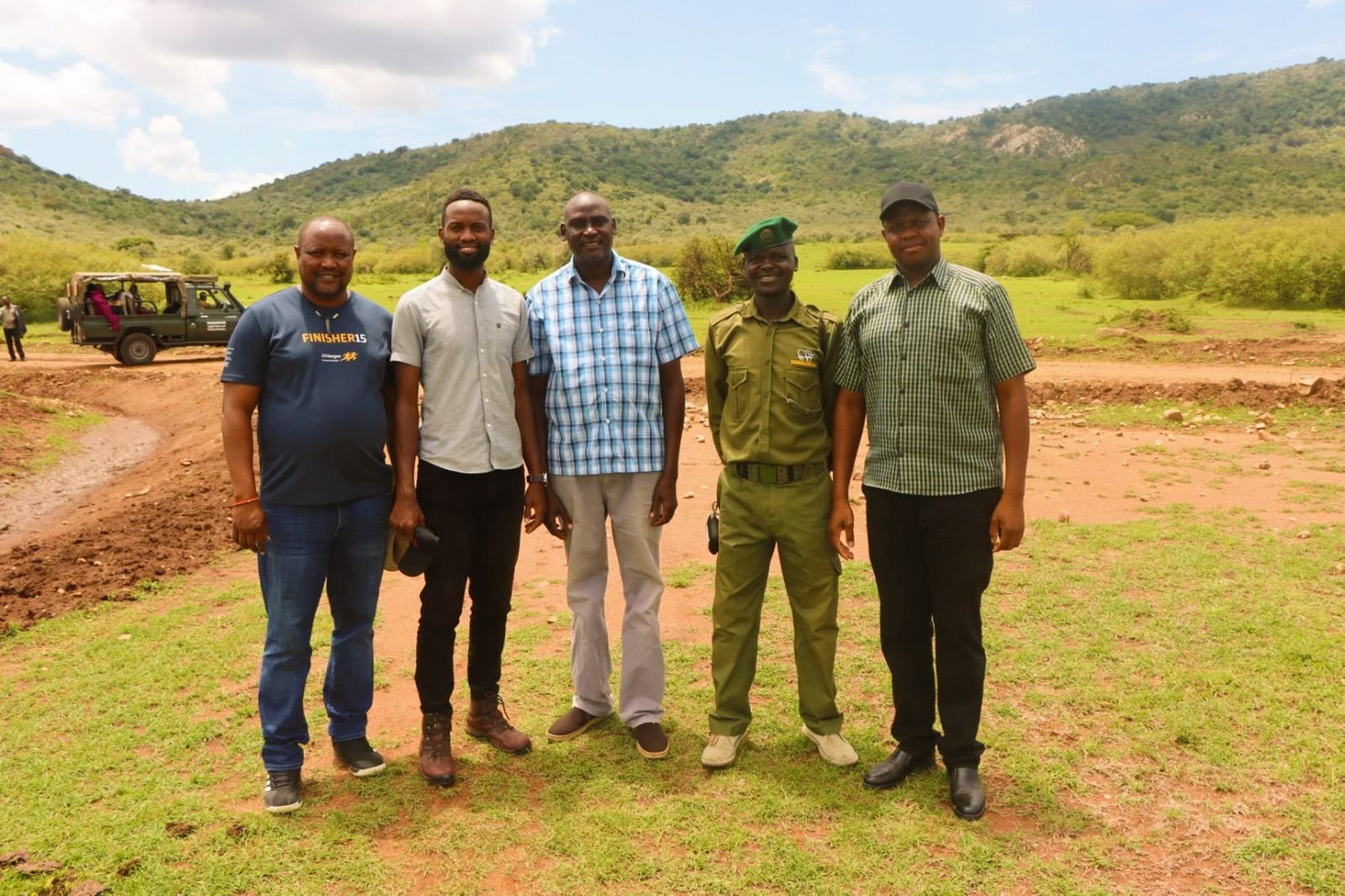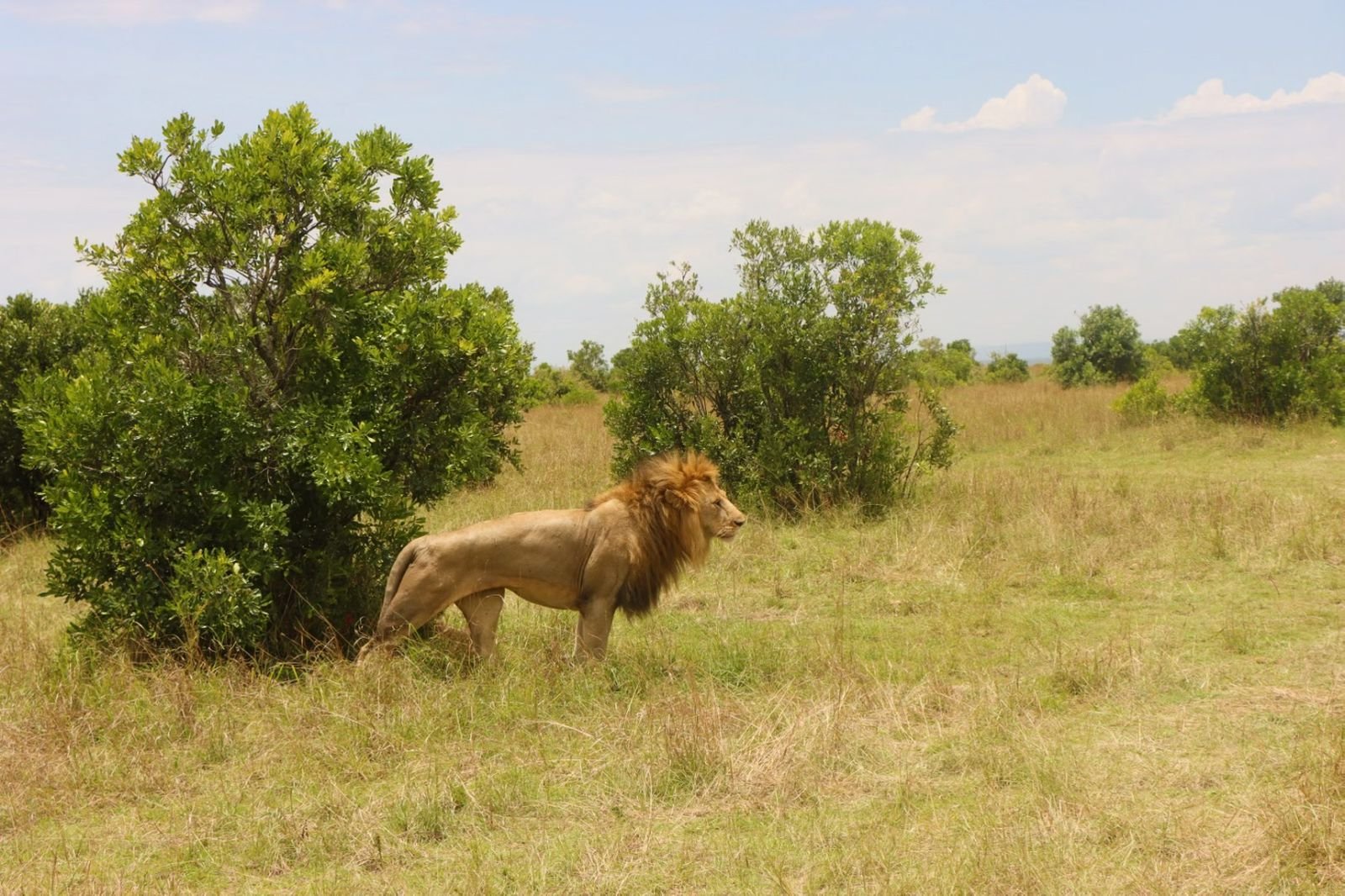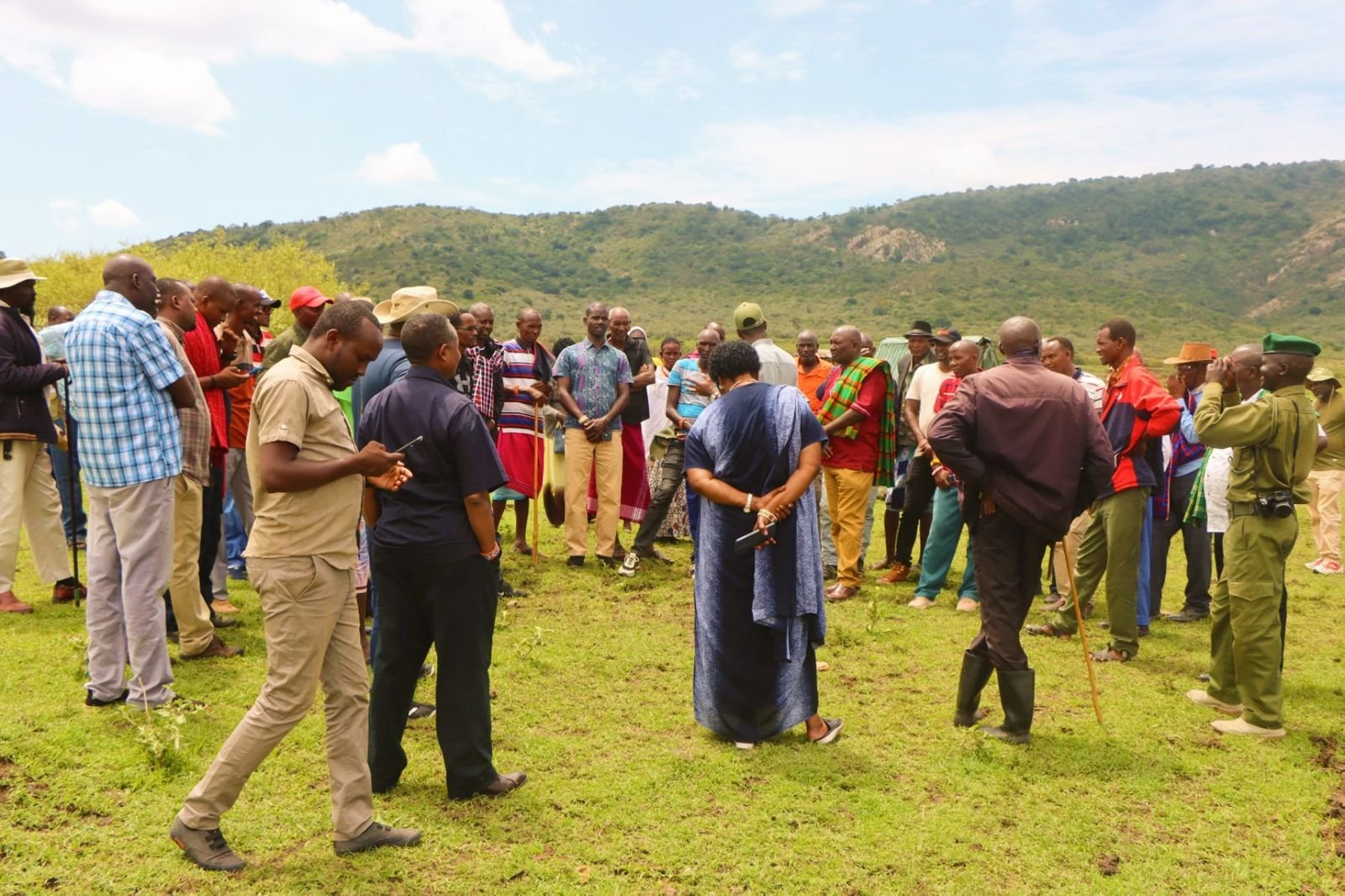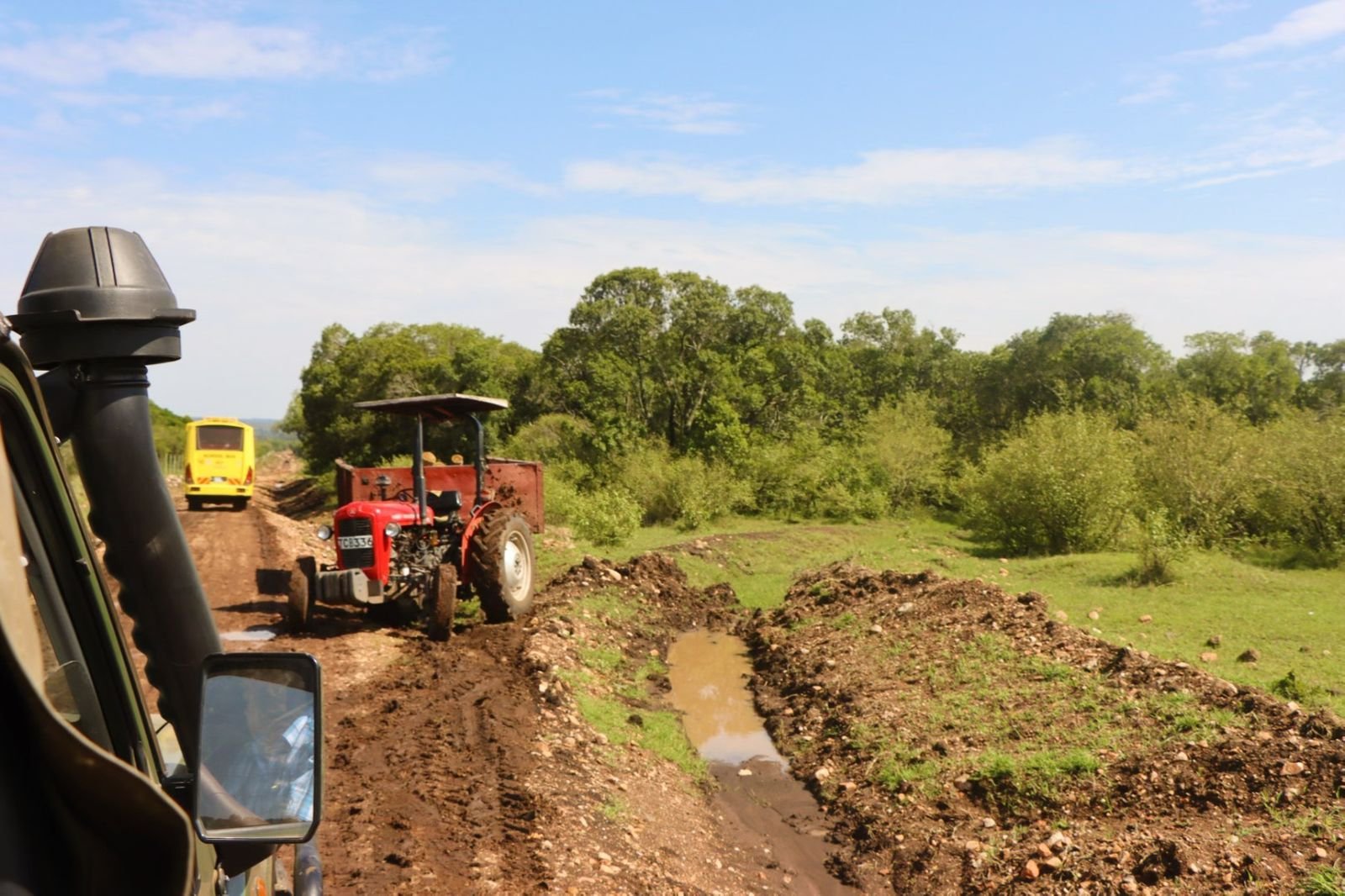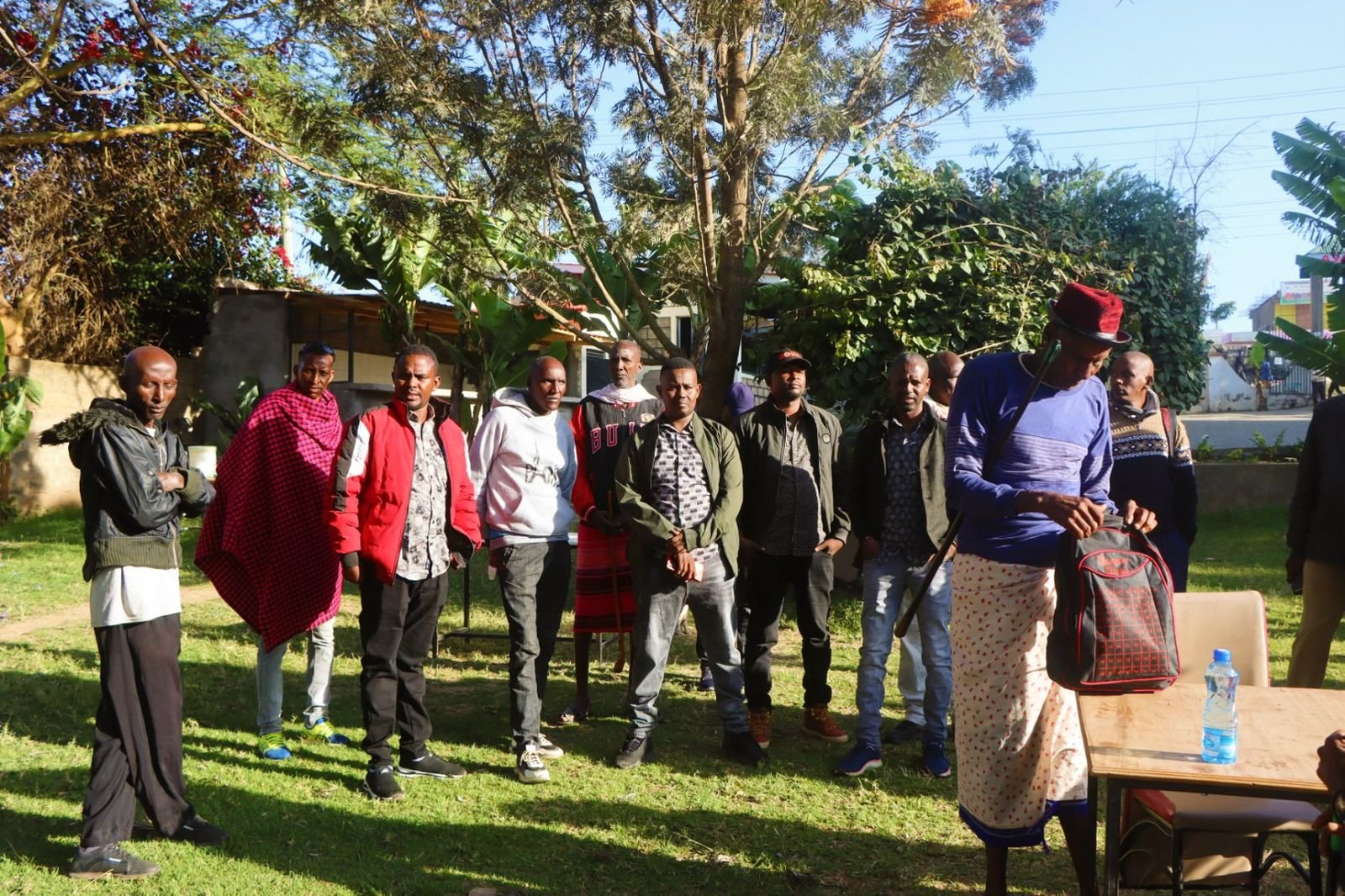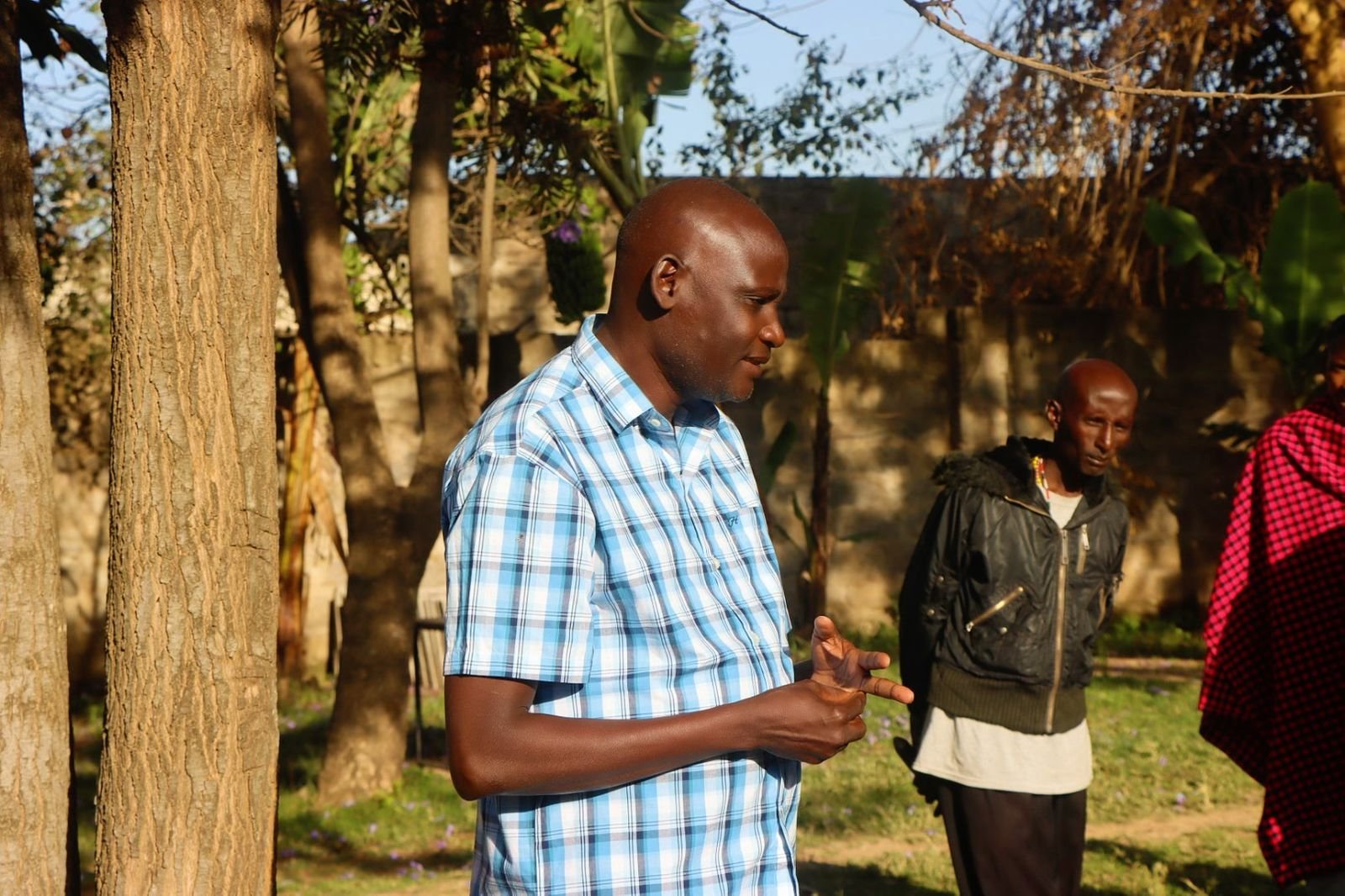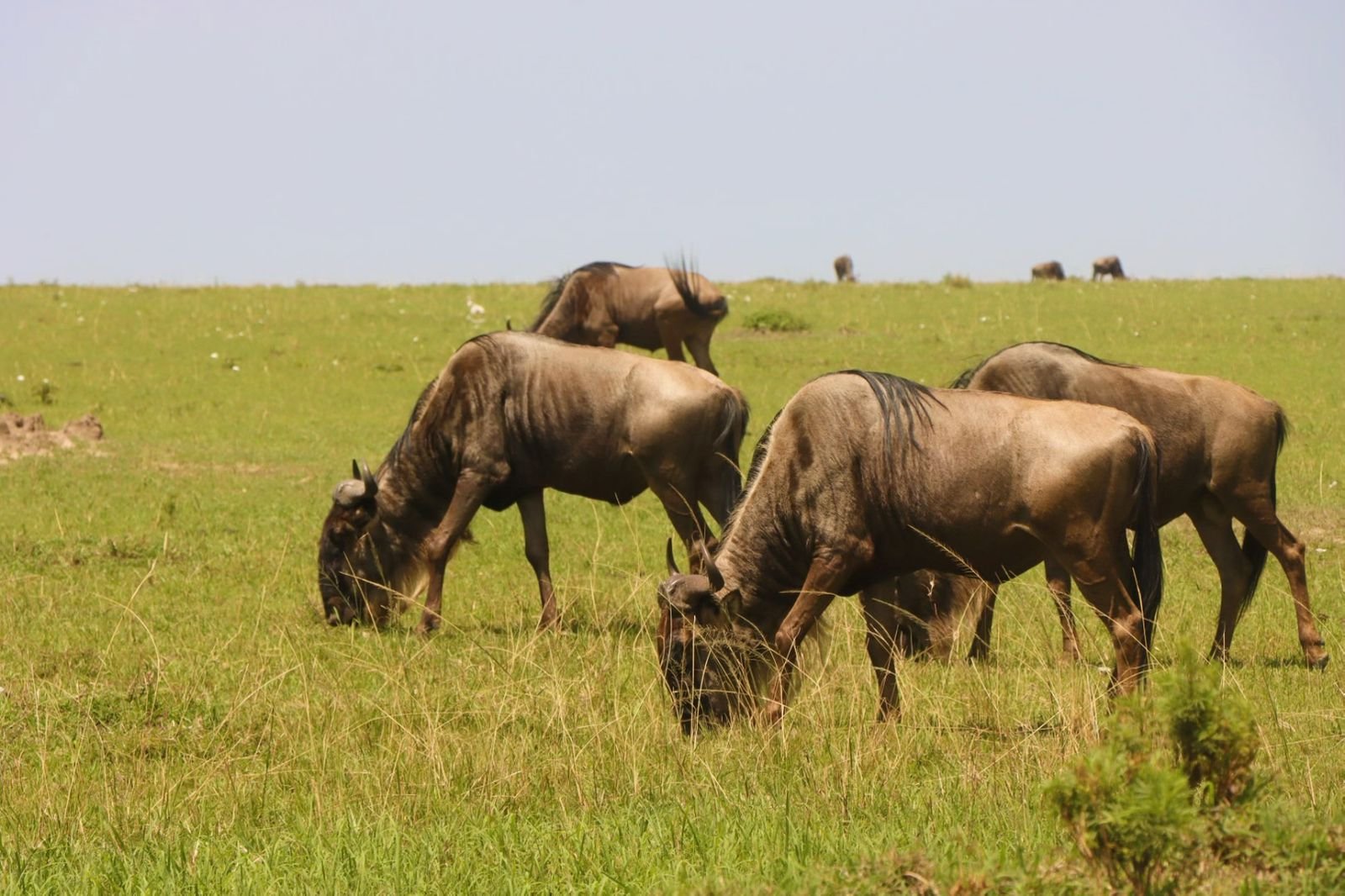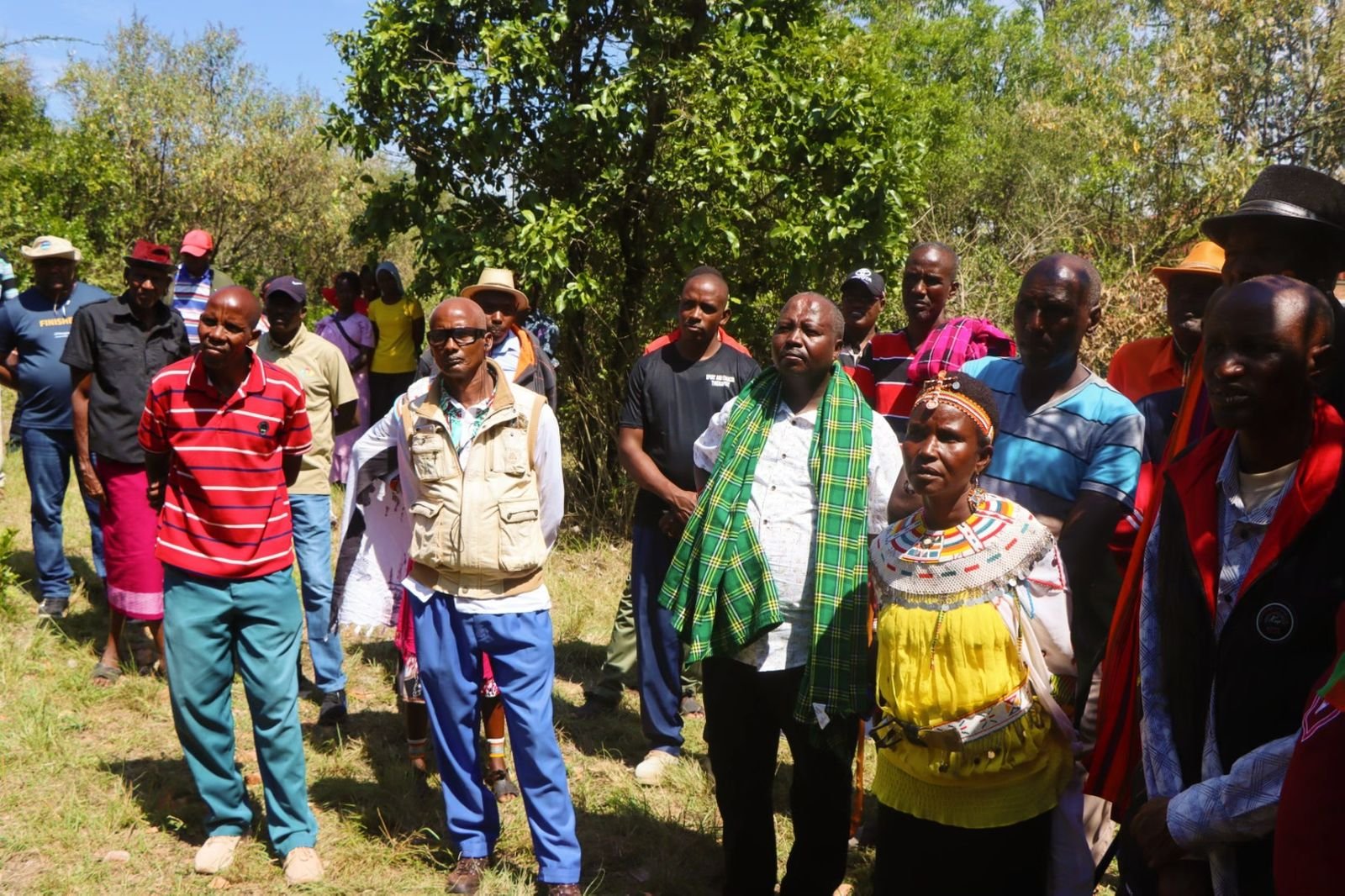Educational Tour to Maasai Mara Heightens Potential of Indigenous Stewardship in Namunyak
Inspired to keep building on the profound potential of community-led conservation, Namunyak Community Conservancy’s leadership recently returned from an expansive educational tour to the Maasai Mara and its neighbouring conservancies. Expanding our knowledge about indigenous stewardship, this deeply immersive experience also strengthened our commitment to the conservation of the Mathews Range Ecosystem – as well as the future of those who call it home!
Unlocking Centuries of Indigenous Wisdom
The Sarara Foundation works tirelessly towards investing in Indigenous People, fighting climate change, and protecting biodiversity – and we are keenly aware of the pivotal role Indigenous communities play in protecting our planet's biodiversity. Indigenous Peoples may only comprise only 5% of the world's population, but they’re the ones protecting 80% of biodiversity all over the globe!
With centuries, and in some cases millennia, of inestimable knowledge and experience as guardians of the land, they’re the ultimate stewards of the environment who hold the key to reversing the effects of climate change. If supported, Indigenous communities have the wisdom and tools to preserve the biodiversity needed to sustain a bright future for planet Earth..
As Indigenous Stewardship is at the heart of our strategic thinking and themes, it resonates deeply with our overall purpose – and involves equipping Indigenous communities with everything they need to be as environmental custodians. We passionately support advocacy, capacity building, and the professional development of Namunyak’s leaders – with opportunities like the recent tour to the Masaai Marai specifically aiming to increase the capacity of the Conservancy Board and Land Management Committee through benchmarking experiences.
Throughout our history, the Mara has been an incredibly fertile training ground for all of Namunyak’s leaders. This included Mzee Lemojong – one of our Founding Elders – who visited the region with 12 other Elders just before our conservancy was formed. They were soon followed by a dedicated youth delegation, who over time matured into Namunyak Conservancy’s leadership of today. Among these young men were Titus Letaapo, who is now our widely respected Director of Community.
Objectives and Learnings
A total of sixty eight leaders – including conservancy management staff, partners from Kenya Wildlife Service (KWS), Kenya Forest Service (KFS), local chiefs, and county administrators – participated in this highly informative five-day tour. Their main goal was to observe and learn more about everything from an integrated approach to how natural resource management is practiced in the Mara and its community conservancies.
The tour was also aimed at strengthening the management capacity of the Namunyak team; gaining a better understanding of integrated land management practices; getting to grips with partnership agreements; and enhancing our rangeland management skills.
Participants learned how the Maasai have succeeded to intricately weave their pastoral lifestyle into sustainable grazing and ecosystem management practices; and the Mara's integrated land management system – encompassing livestock rearing, crop production, and ecotourism – served as an inspiring model. Notable strategies observed included holistic land management, rotational grazing, and the enforcement of grazing rules.
The formation of the Masai Mara Wildlife Conservancies Association (MMWCA) illustrated the power of collective efforts in conservation. The importance of documentation and monitoring, as seen in the Mara’s talking walls displaying various conservation metrics, was another key takeaway.
Based on everything they experienced on this far-reaching tour, the participants returned home filled with inspiration, encouragement, and hope! All the highly stimulating interactions with their counterparts in the Mara provided the perfect springboard for adopting holistic land management practices, expanding their leadership skills, and developing stronger partnerships, and they’re now also equipped to implement more effective grazing management strategies.
It was such a privilege to be motivated by the incredible work done in the Mara, and the team looks forward to putting everything they have learned into action – and to learning more from the Maasai when the opportunity arises to one day return!
.
Acknowledgements
We’d like to extend our heartfelt thanks to all the individuals and organisations who contributed to the success of this journey. Special mentions include the Chief Officer of Tourism Narok County, the management of Enonkishu Conservancy, Philip Leitore from the Samburu County Government, and our guides – Dennis Naurori and Learam Joshua.
This tour significantly impacted our goal to promote Indigenous Stewardship and Biodiversity
The Sarara Foundation remains committed to supporting initiatives that actively promote Indigenous Stewardship and biodiversity – and ensuring that the lessons learned are effectively implemented to benefit both Namunyak Community Conservancy and our broader conservation goals. If you’d like to get in touch or support endeavours like these, please reach out via our contact form, or click the button below.


